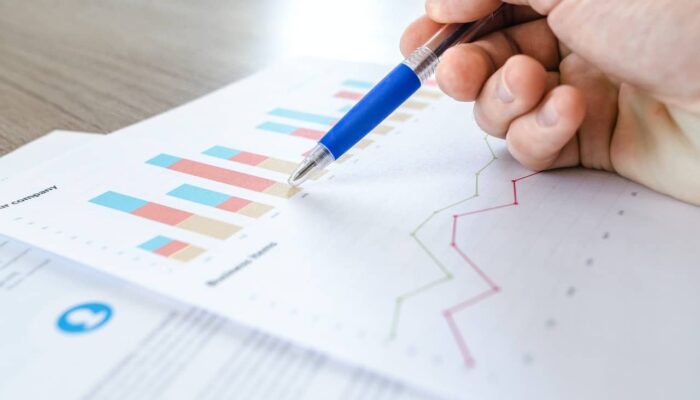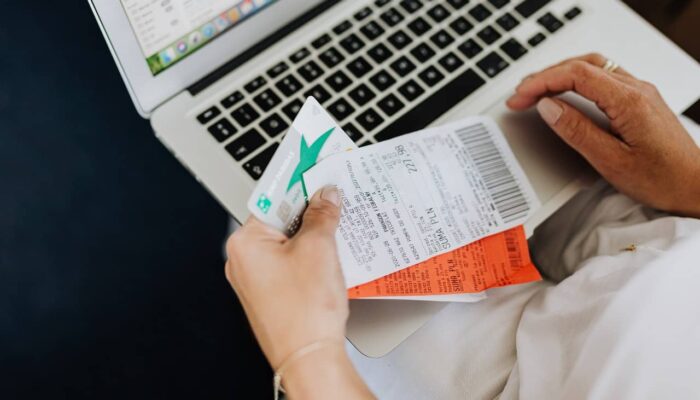Participant Observation Definition
Participant-observation is a data event tool that involves observation with the participants in a study, using survey protocol or crucial informant interview (KII) overview. It is a reliable source of information because researchers could see or observe the individuals with immersion.
Read Also: Perfect Square Trinomial Formula
The experiences of the participants can be observed and taped with this method. There is also triangulation to make sure that predispositions or personal choices might not hinder observing and recording purposeful experiences of the research. Triangulation makes unquestionable research study integrity as well as transferability.
Limitations To Any Participant Observation
Just like any various other data collection approaches, individual monitoring has also its constraints:
The taped observations concerning a team of people or event is never most likely to be the full summary.
This results from the discerning nature of any recordable information process: it is unavoidably influenced by researchers’ individual beliefs of what matters and vital.
This also plays out in the analysis of collected information; the researcher’s worldview inevitably affects precisely how he or she interprets and evaluates the data.
What is participant observation?
Observing” or “observant” engagement has been used to define fieldwork that suggested highlighting how their partial. Or complete membership in the community/subculture permits a different kind of access to the area. And additional forms their understandings in means dissimilar from a complete outsider.
Advantages of participant monitoring such as:
- it pays for the backstage culture or the information of an individual.
- Also, it permits comprehensive description such as the factors, experiences, attitudes and desires and also desires of the individuals.
- It supplies opportunities for watching or taking part in unanticipated occasions; and
- And, it enhances information collection and analysis.
There are additionally drawbacks of using participant observation in gathering info:
- to count on essential informants instead of interested in what happens out of the public eye.
- to get a different understanding of observation elements based upon the essential sources.
- subsequent interpretations, as well as depiction issues, occur when selected vital sources recognize; and also
- Observe the collected data based upon specific passion in a setup. Rather than representing what happens in a group or society.
Although this approach needs openness and freedom with integrated analyses. In reality, there is a distinction between what individuals state and do. With participant monitoring, this discrepancy can introduce and also uncovered.
Read Also: Alternate Interior Angles definition
Therefore, unveiling the privacy and discretion of details make individuals monitor a very reputable device in conducting research.
Concluding Words
Participant observation, for many years, has been a characteristic of both anthropological and sociological studies. Recently, the area of education has seen a boost in the variety of qualitative research that includes participant observation to accumulate details. Qualitative data collection techniques, such as talking to, observation, and paper evaluation. All have consisted of under the umbrella regard to “ethnographic methods” in recent years.
The function of this paper is to discuss observation, particularly individual observation, as a device for gathering data in qualitative research studies. Elements of monitoring discussed herein consist of different meanings of participant observation. Some background of its use, the purposes for which such observation is use. The observer’s positions or functions, and additional details concerning when, what, and how to observe. Further info is supplied to attend keeping field notes and their use in writing the last story.




